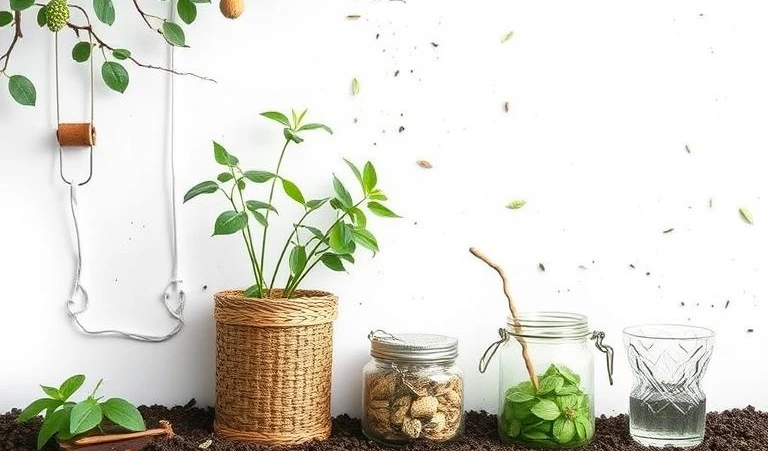1. Reusable instead of disposable:
Zero-waste alternatives are designed for repeated use, such as stainless steel water bottles, cloth shopping bags, or silicone food wraps.
2. Minimal or no packaging:
Many zero-waste products come without packaging or use compostable, recyclable, or reusable materials to reduce plastic waste and shipping impacts.
3. Durable and repairable:
Quality is a key element of zero-waste design. Products are built to last and often come with parts or resources for easy repair, so you can keep them in use for years.
4. Made from natural or recycled materials:
From bamboo toothbrushes to recycled glass jars, zero-waste items are crafted using materials that are biodegradable, sustainable, or diverted from the waste stream.
5. Packaged with eco-conscious materials:
Sustainable packaging is often compostable, recyclable, or reusable, and is designed to reduce plastic use, excess waste, and carbon emissions during transportation.
6. Multipurpose and efficient:
Many zero-waste tools serve more than one function — like a mason jar used for food storage, beverages, or pantry organization — helping reduce the need for excess products.
